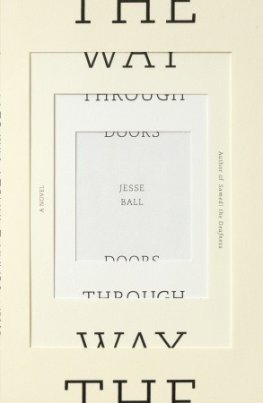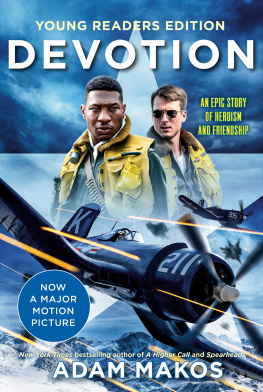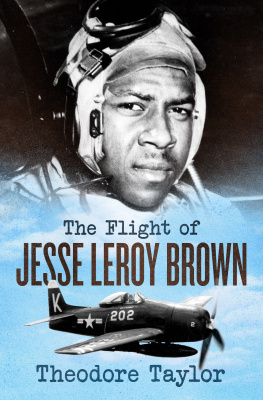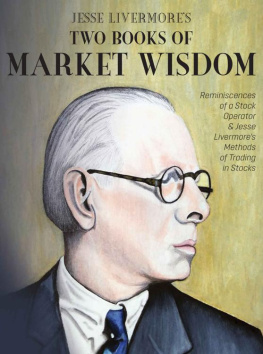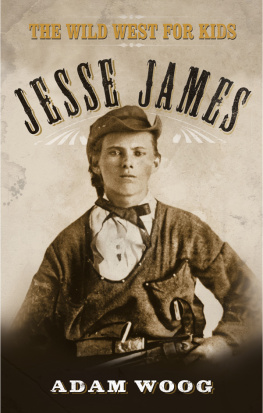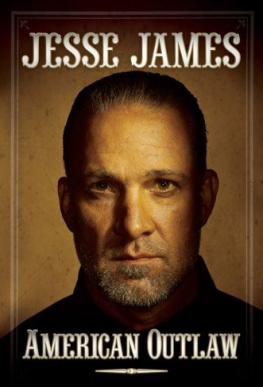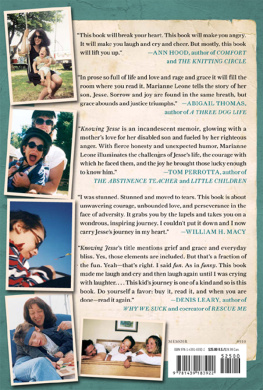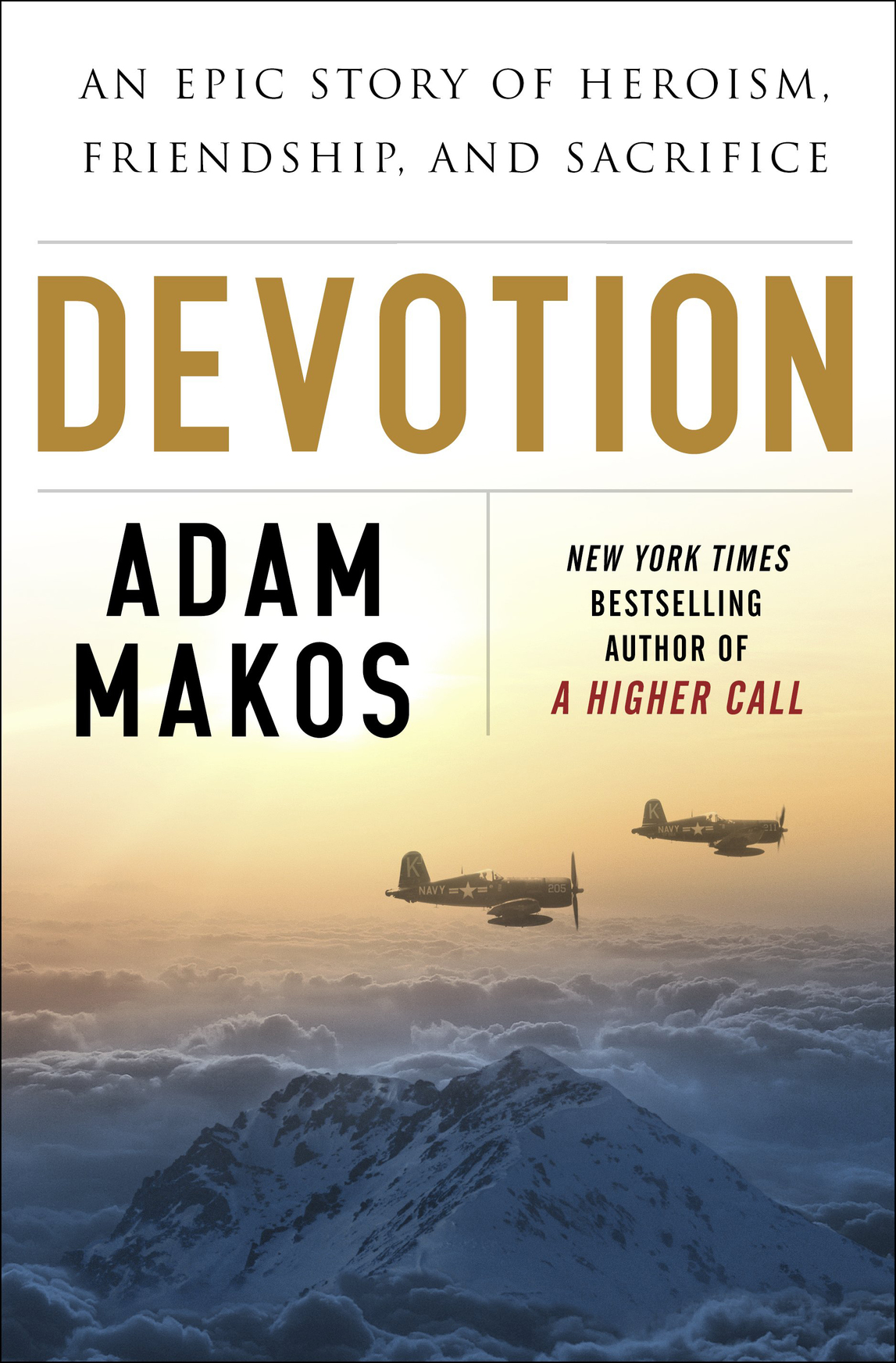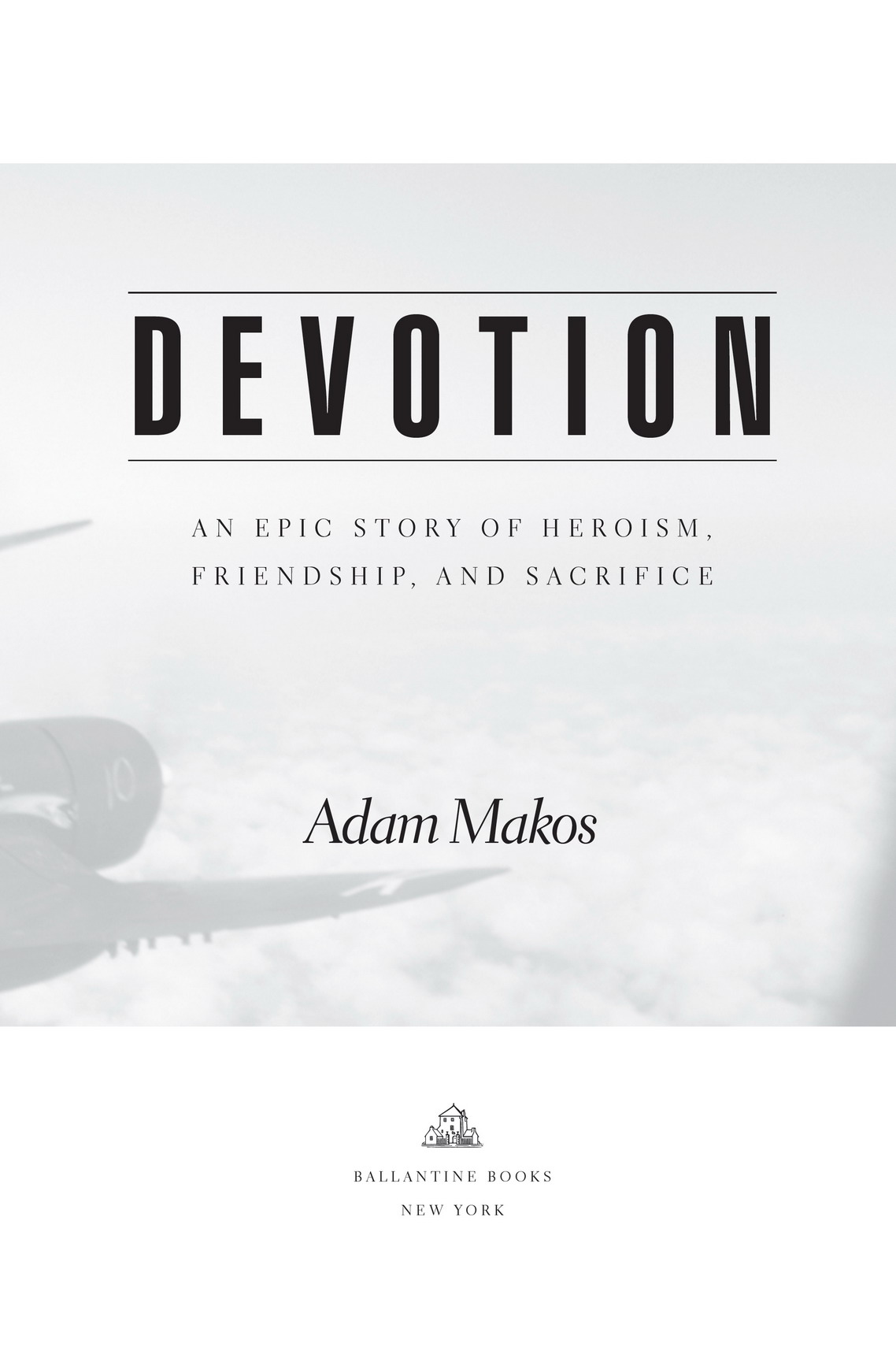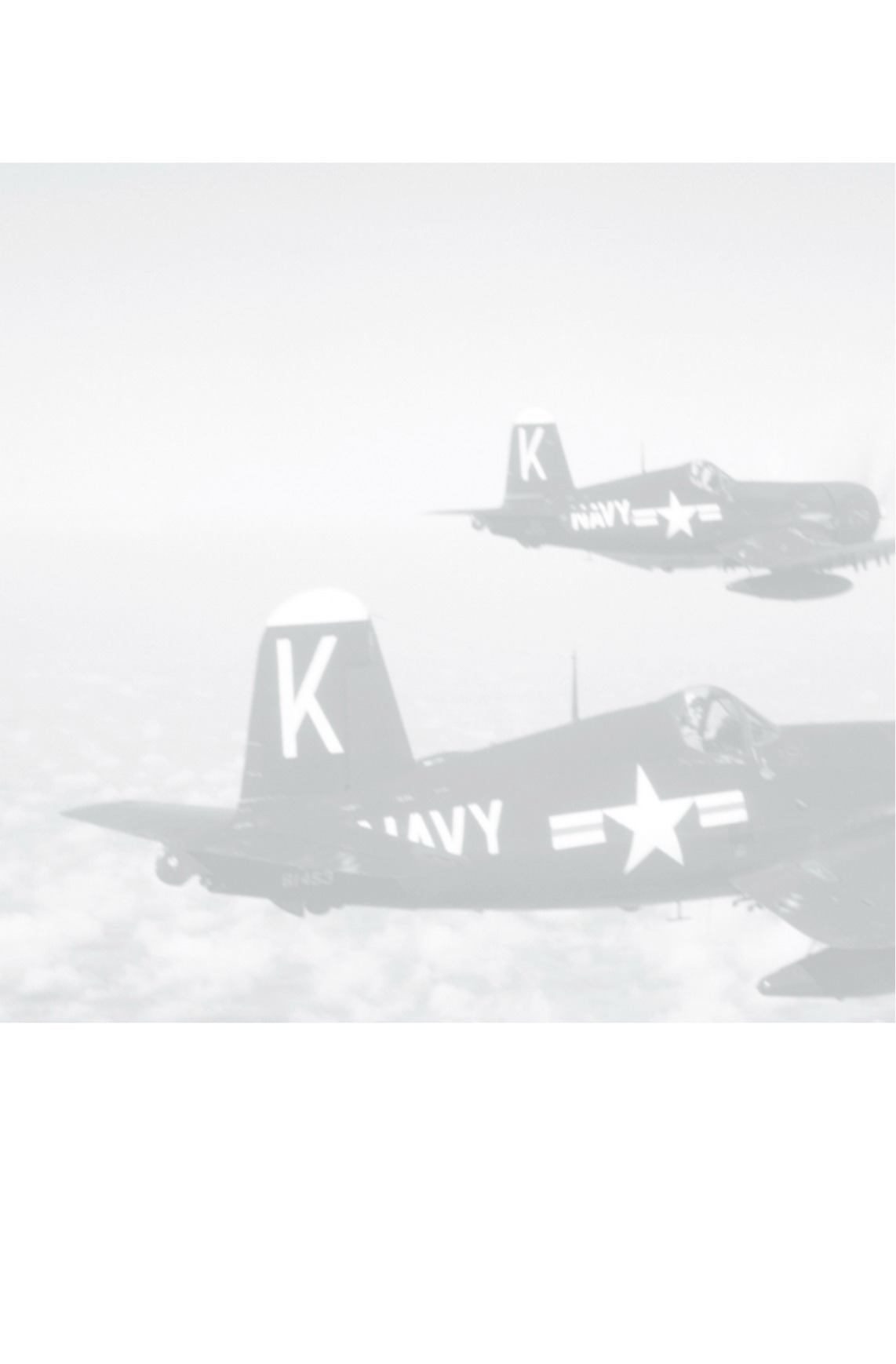All rights reserved.
Published in the United States by Ballantine Books, an imprint of Random House, a division of Penguin Random House LLC, New York.
B ALLANTINE and the H OUSE colophon are registered trademarks of Penguin Random House LLC.
All interior maps by Bryan Makos of Valor Studios, Inc.
Photo credits can be found on .
Makos, Adam.
Devotion : an epic story of heroism, friendship, and sacrifice / Adam Makos.
Includes bibliographical references.
1. Hudner, Tom, 1924 2. Brown, Jesse Leroy. 3. Korean War, 19501953United StatesBiography. 4. Korean War, 19501953CampaignsKorea (North)Changjin Reservoir. 5. RescuesKorea (North)Changjin ReservoirHistory20th century. 6. Fighter pilotsUnited StatesBiography. 7. African American fighter pilotsBiography. 8. United States. NavyOfficersBiography. 9. United States. NavyAfrican AmericansBiography. 10. Interracial friendship. I. Title.
INTRODUCTION
FROM ACROSS THE HOTEL LOBBY , I saw him sitting alone, newspaper in hand.
He was a distinguished-looking older gentleman. His gray hair was swept back, his face sharp and handsome. He wore a navy blazer and tan slacks, and his luggage sat by his side.
The lobby was buzzing, but no one paid him any special attention. It was fall 2007, another busy morning in Washington, D.C. I was twenty-six at the time and trying to make it as a writer for a history magazine. I had a book under way on the side but no publisher yet in sight. The book was about my one and only specialtyWorld War II.
The day before, I had heard the distinguished gentleman speak at a veterans history conference. I had caught part of his story. He was a former navy fighter pilot who had done something incredible in a war long ago, something so superhuman that the captain of his aircraft carrier stated: There has been no finer act of unselfish heroism in military history.
President Harry Truman had agreed and invited this pilot to the White House. Life magazine ran a story about him. His deeds appeared in a movie called The Hunters, starring Robert Mitchum. And now here he wassitting across the lobby from me.
I wanted to ask him for an interview but hesitated. A journalist should know his subject matter and I was unprepared.
He had flown a WWII Corsair fighter, I understood that much. Reportedly he had fought alongside WWII veterans and fired the same bullets and dropped the same bombs used in WWII. He was a member of the Greatest Generation, too.
But he hadnt fought in World War II.
He had fought in the Korean War.
To me, the Korean War was a mystery. It is to most Americans; our history books label it The Forgotten War. When we think of Korea, we picture M*A*S*H or Marilyn Monroe singing for the troops or a flashback from Mad Men.
Only later would I discover that the Korean War was practically an extension of World War II, fought just five years later between nations that had once called themselves allies. Only later did I discover a surprising reality: The Greatest Generation actually fought two wars.
The gentleman was folding his newspaper to leave. It was now or never.
I mustered the nerve to introduce myself and we shook hands. We made small talk about the conference and finally I asked the gentleman if I could interview him sometime for a magazine story. I held my breath. Maybe he was tired of interviews? Maybe I was too young to be taken seriously?
Why, sure, he said robustly. He fished a business card from his pocket and handed it to me. Only later would I realize what an opportunity hed given me. His name was Captain Tom Hudner. And thats how Devotion began.
True to his word, Tom Hudner granted me that interview. Then another, and another, until what began as a magazine story blossomed into this book. And the book kept growing. I discovered that Tom and his squadron werent your typical fighter pilotsthey were specialists in ground attack, trained to deliver air support to Marines in battle. So what began as the story of fighter pilots became a bigger story, an interwoven account of flyboys in the air, Marines on the ground, and the heroes behind the scenesthe wives and families on the home front.
Over the ensuing seven years, from 2007 to 2014, my staff and I interviewed Tom and the other real-life characters of his story more times than we could count. All told, we interviewed more than sixty members of the Greatest Generationformer navy carrier pilots, Marines, their wives, their siblings. This story is set in 1950, so many of the people we interviewed were still young for their generation. They were in their seventies and early eighties, with sharp, vibrant memories.
At times, I stepped away from Devotion to work on my World War II book while my staff kept plugging away on Devotion. They had help, too. The historians at the navy archives, the Marine Corps archives, and the National Archives were practically on call to aid our research.
Over those seven years we worked as a teamthe books subjects, the historians, my staff, and Ito piece together this story. Our goal was for you not just to read Devotion but to experience it. To construct a narrative of rich detail, we needed to zoom in close. Our questions for the subjects were countless. When a man encountered something good or bad, what did he think? What facial gestures corresponded with his feelingsdid his eyes lift with hope? Did his face sink with sorrow? What actions did he take next?
More than anything, we asked: What did you say? I love dialogue. Theres no more powerful means to tell a story, but an author of a nonfiction book cant just make up what he wants a character to say. This is a true story, after all, so I relied on the dialogue recorded in the past and the memories of our subjects, who were there.
Time and again we asked these witnesses to history to reach into their pasts and recall what they had said and what they had heard others say. In this manner, we re-created this books dialogue, scene by scene, moment by moment. In the end, before anything went to press, our principal witnesses to history read the manuscript and gave their approval.
I owe a debt of gratitude to these real-life characters of


